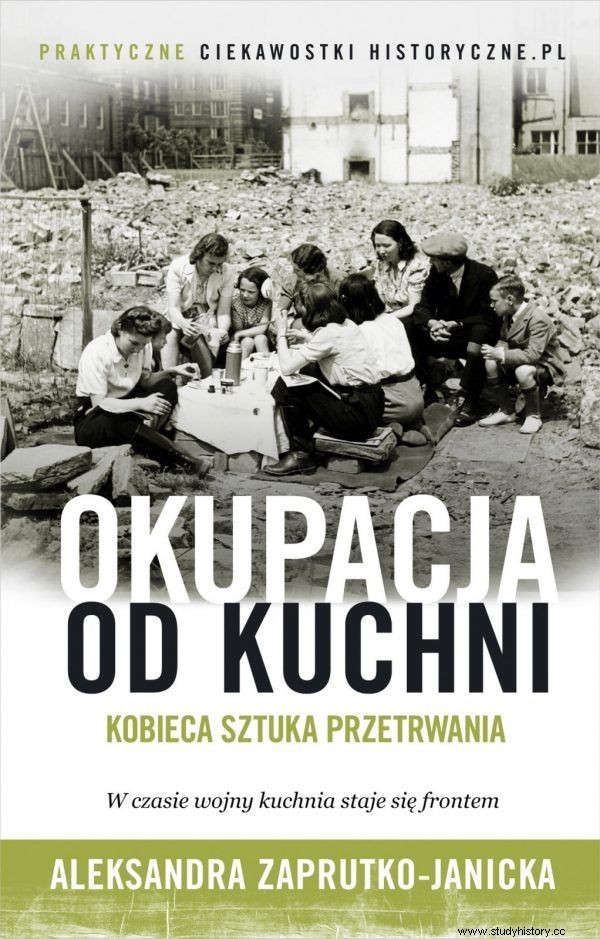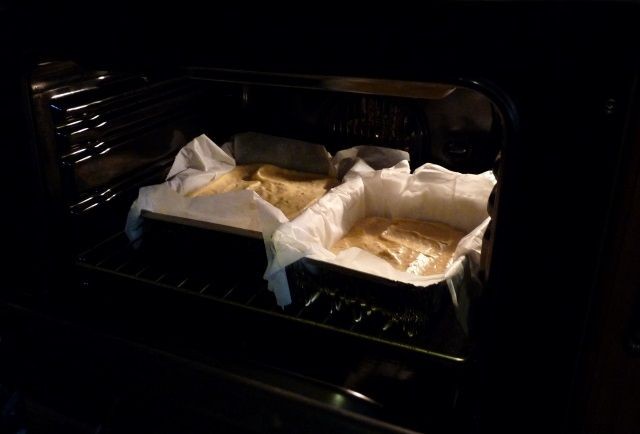Recently we wrote about how, despite the ongoing war, Polish weddings were entertained. It's time to test the cake recipe that has ruled on more than one party like this.
The takeover of the mills by the Germans and the destruction of privately owned querns had a strong impact on the prices and availability of flour.
In addition, grain could not be grown in cities in an amount corresponding to the needs of their inhabitants. Faced with these difficulties, the flour had to be replaced with what was in abundance and which could be obtained on one's own. Normal white beans turned out to be the perfect erzac. In cookbooks from the era, you can find many recipes, in which the "highlight" is the homely idol. Interestingly, its use was not only considered to be the last resort, but also found purely dietary justification.
The recipe for the popular cake during the occupation was included in her book "100 Saving Dishes of Today" by the famous cook Elżbieta Kiewnarska. Based on her notes, I have developed the following recipe.
Ingredients:
Twenty decagrams of beans
Three eggs
Twenty decagrams of sugar
Six laurel drops

The female art of survival in Aleksandra Zaprutko-Janicka's book "Occupation from the kitchen".
Preparation method:
Soak the beans overnight in cold water. The next day, cook it until tender, drain it and let it evaporate a little. Grind the beans through a strainer or grind them in a food processor. Break the eggs, separating the whites from the yolks. In a bowl, beat the yolks with sugar and add the beans and bay drops. Mix thoroughly.
Separately, beat the egg whites to a stiff foam and gently mix them with the bean mass, taking care that the foam does not collapse. Put the whole thing in a springform pan covered with grease and sprinkled with breadcrumbs and bake. The taste of the cake should resemble a chestnut cake (with chestnut purée). You can also bake the almond version, replacing the bay drops with the almond flavor.
Bean adventures:
I've been working on this cake for three whole days. The recipe is not complicated, but I was unlucky and found beans that stubbornly refused to overcook until soft. I bought a beautiful Johnny at a popular discount store and, as Mrs. Elżbieta ordered, I first rinsed and then soaked overnight. The next day, after returning from work, I cooked it for about five hours and ... it was still stubbornly tough. Undaunted, I left her stating that I would try again the next day.

It wasn't until the third day that I managed to overcook the beans enough to be rubbed. First, I tried to go the lowest resistance line and use a blender. Unfortunately, it turned out that modern technology is losing in the clash with the beautiful jasmine. It took heavier guns…
From the farthest corner of the kitchen cupboard, I dug out a deep communion meat grinder (a gift from my mother) and with its help I finely grind the beans.
Impressions:
Then I followed the recipe. I added beans to the whites of yolks with sugar, but replaced the bay drops with almond oil. Unfortunately, the aroma from the original recipe is not easy to get, and I was anxious about the time. In the almond version, you need to add a few more drops of fragrance. White beans, which in themselves have a very delicate taste and smell, are practically imperceptible in the dough .
After baking, the cake resembles a light sponge cake and is perfect for spreading with cream or preserves. Bean cake will definitely become part of my kitchen repertoire, but baking it in the future will reduce the amount of sugar a little. It's too cute for the present one.
